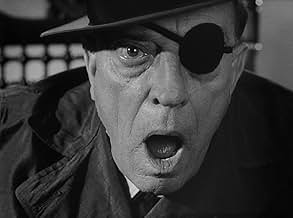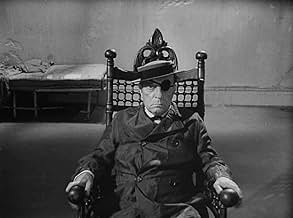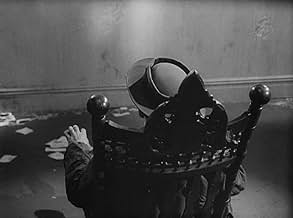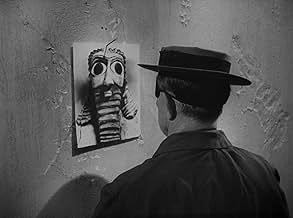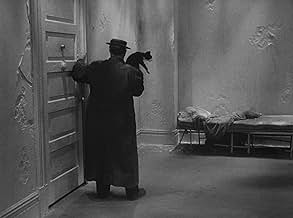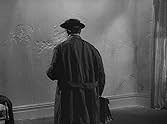Agrega una trama en tu idiomaA twenty-minute, almost totally silent film (no dialogue or music, save one 'shhh!') in which Buster Keaton attempts to evade observation by an all-seeing eye. But, as the film is based arou... Leer todoA twenty-minute, almost totally silent film (no dialogue or music, save one 'shhh!') in which Buster Keaton attempts to evade observation by an all-seeing eye. But, as the film is based around Bishop Berkeley's principle 'esse est percipi' (to be is to be perceived), Keaton's ver... Leer todoA twenty-minute, almost totally silent film (no dialogue or music, save one 'shhh!') in which Buster Keaton attempts to evade observation by an all-seeing eye. But, as the film is based around Bishop Berkeley's principle 'esse est percipi' (to be is to be perceived), Keaton's very existence conspires against his efforts
- Dirección
- Guionista
- Elenco
- Dirección
- Guionista
- Todo el elenco y el equipo
- Producción, taquilla y más en IMDbPro
Opiniones destacadas
Largely indecipherable without Beckett's explanation, "O" hides from the gaze of every living thing, including himself, in a small cell-like room as both precursor and condition for his character's death.
And, if you are the least bit curious about Film, be sure to watch Ross Lipman's fascinating Kino Essay "Notfilm" (2015).
Keaton was mystified by this script, too, as by "Godot", but wanted the money. He suggested several comedic bits be added, because he thought the whole thing would be less than five minutes. In New York, he wanted to use one of his flat hats rather than the bowler Beckett had written in, and Beckett immediately agreed.
The film was shot in mid-summer in a very hot New York, each day over 90 degrees. Keaton (age 69, and not in great health: he died less than two years later) never complained as he had to keep running along that brick wall in the heavy overcoat.
It was Beckett's only visit to the U.S., and he never got outside of New York, and left the U.S. as quickly as possible.
This is a homage to Buster Keaton by Samuel Beckett who is playing with the ideas of subject and object in a world where perhaps we have no control over who is doing the watching. Beckett had been influenced a great deal by the genre of comedy and acting that Keaton personifies. Many of his books and plays feature tramp-like, down-and-out characters and he uses the physical comedy routines of vaudeville and silent films of the early 20th Century in many of his works. He and Keaton both share the idea of man thrown into an uncaring world where they are left alone to survive among its absurdity.
However later Beckett stated : "Buster Keaton was inaccessible. He had a poker mind as well as a poker face. I doubt if he ever read the text - I don't think he approved of it or liked it. But he agreed to do it, and he was very competent." Buster had turned down overtures from Beckett before, but he was in debt, and the story is that his wife talked him into it.
Note actor James Karen as a reverend in the alley towards the beginning. Karen worked with Buster Keaton in touring productions of the comedy "Merton of the Movies" in the 1950s.
¿Sabías que…?
- TriviaThe story of making "Film" was the basis of a play "The Stone Face" by Sherry MacDonald. The play was read in Orlando at the 2006 New Playfest, and work shopped at the 2007 New Playfest.
- ConexionesFeatured in Zomergasten: Episode #3.3 (1990)
Selecciones populares
Detalles
- Tiempo de ejecución20 minutos
- Color
- Mezcla de sonido
- Relación de aspecto
- 1.37 : 1

